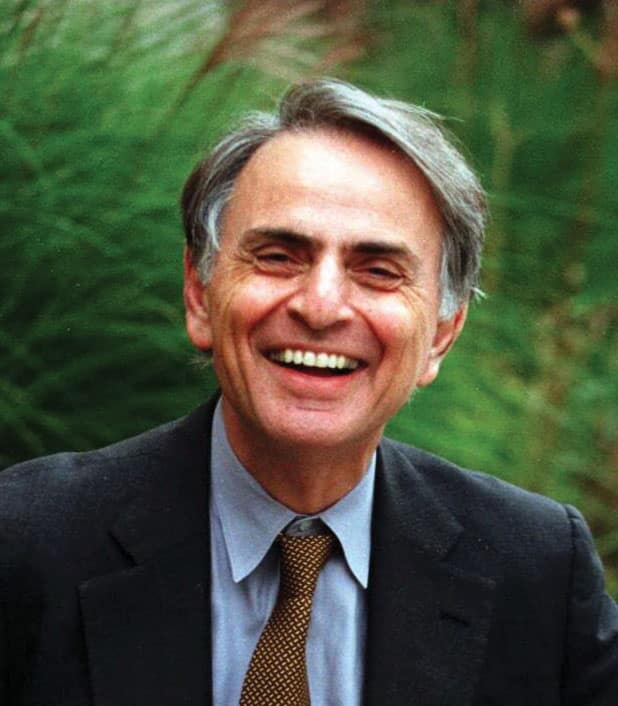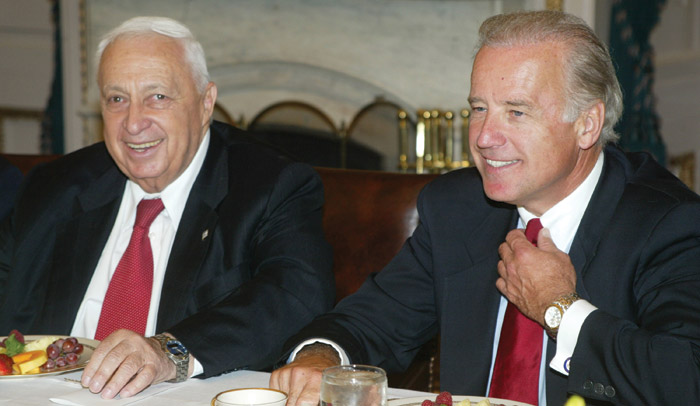 Big Bang, conceptual image. (Getty Images)
Big Bang, conceptual image. (Getty Images) Jewish Contributions to Humanity #5:
Original research by Walter L. Field.
Sponsored by Irwin S. Field.
The Big Bang, which is the leading cosmological explanation for how the universe came into existence, seems to provide at least as many new questions as answers. Thankfully for us laypeople, two Jewish scientists, Carl Sagan and Arno Penzias, did their very best to help us understand the scientific explanation of the biggest question of them all: Why are we here?
ARNO PENZIAS (1933-) b . Munich, Germany. Lives in Menlo Park, California. The Big Bang’s pioneer.
As happened with many of the scientists discussed in these columns, the unique circumstances Penzias found himself in were the precise ones he needed to make major contributions to humanity. After moving to the United States with his family in 1940, Penzias later joined the U.S. Army, which helped him get a position with Columbia’s radiation laboratory, which at the time happened to be focused heavily on microwave physics—Penzias spent much of his time at Columbia and Bell Labs researching radio waves. He eventually came across radio noise (cosmic microwave background radiation) that was leftover radiation from the Big Bang. His discovery helped scientists and astronomers deepen their understanding of the Big Bang and the origins of our universe. In 1978, Penzias won a Nobel Prize for his discovery along with his colleague Robert Wilson. The two pioneers continued their search for scientific truth, discovering unknown molecules throughout the universe. Penzias’s explanation of the molecule deuterium further strengthened the Big Bang theory, because deuterium is the only known molecule whose origin can only be explained by the processes of the Big Bang.
 CARL SAGAN (1934-1996) b. Brooklyn, New York. An insatiable curiosity.
CARL SAGAN (1934-1996) b. Brooklyn, New York. An insatiable curiosity.
Astronomer; cosmologist; astrophysicist; author—the list seems endless. He “led a feverish existence, with multiple careers tumbling over one another” as one admiring writer said. Sagan accomplished much, but nothing reached as wide an audience as “Cosmos: A Personal Voyage”, a 13-part PBS series broadcast in 1980 that was revolutionary at the time, using special effects, science, and a charismatic host (Sagan) to take the viewer on a journey of our existence, from the Big Bang to the origins of life to humanity’s future. Sagan was fascinated with the possibility of alien life, creating the first messages (images and sounds) sent into space—the Pioneer plaque and Voyager Golden Record could theoretically be understood by extraterrestrial life. A lifelong consultant for NASA, Sagan consulted the astronauts on the Apollo before their voyage to the Moon, and he also assisted with many robotic spacecraft missions. His analysis of Venus as a dry and hot planet (as opposed to the previously accepted balmy climate that many had accepted) changed the popularly accepted view of the planet. Furthermore, his insights into the moons of Saturn and Jupiter led to the discovery that the reddish haze on Titan (Saturn’s moon) were organic molecules, a major discovery that suggested the possibility of life outside Earth.






















 More news and opinions than at a Shabbat dinner, right in your inbox.
More news and opinions than at a Shabbat dinner, right in your inbox.